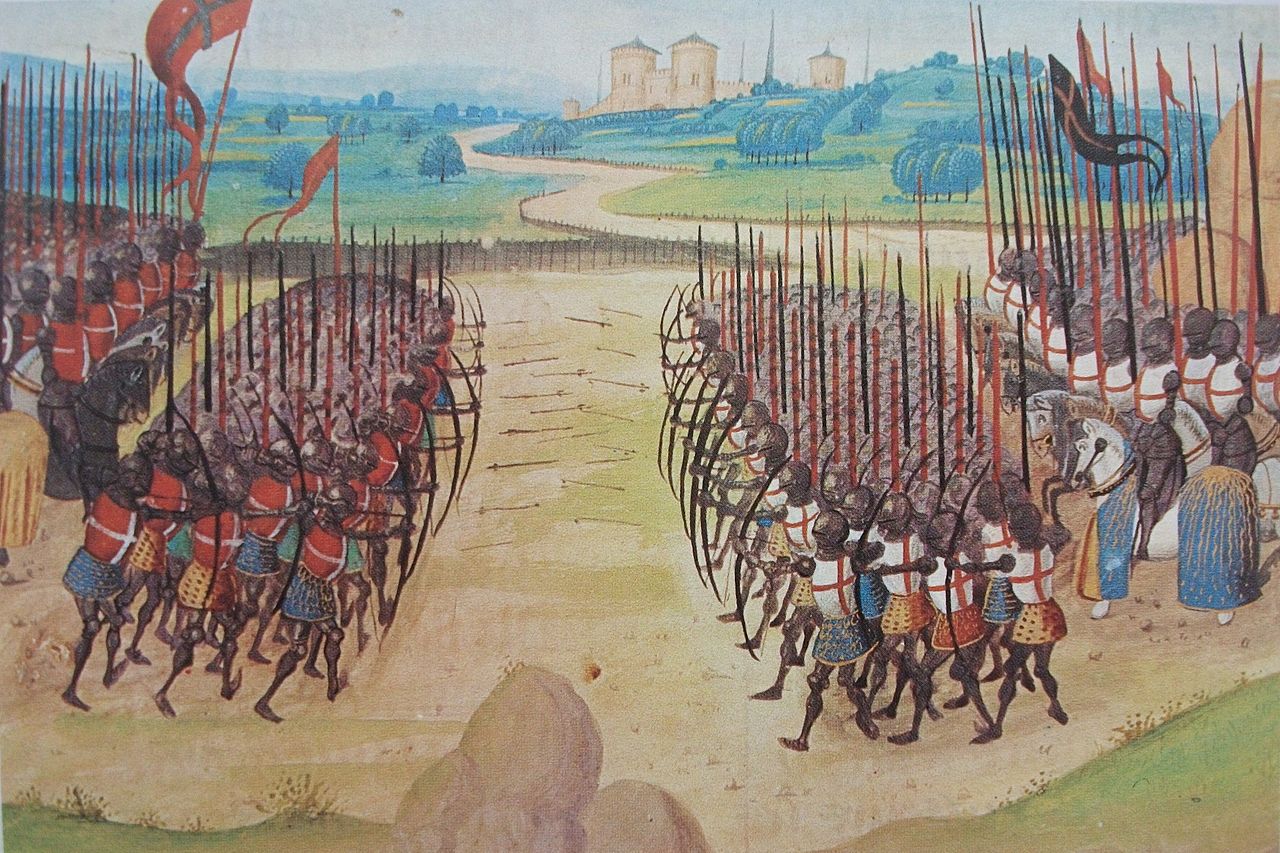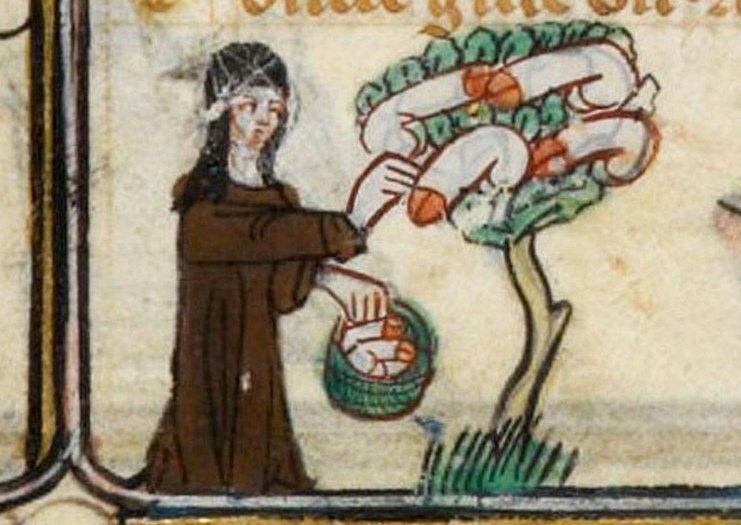20 Medieval insults: From bedswerver to yaldson
A few days ago I realized that my characters were being woefully unimaginative with their insults – nothing more creative than “bastard” and “fool”. A shame, because Medieval insults can get a lot more creative! So for educative purposes (okay, okay, and for my own amusement too): here’s a helpful list on how to offend people […]

